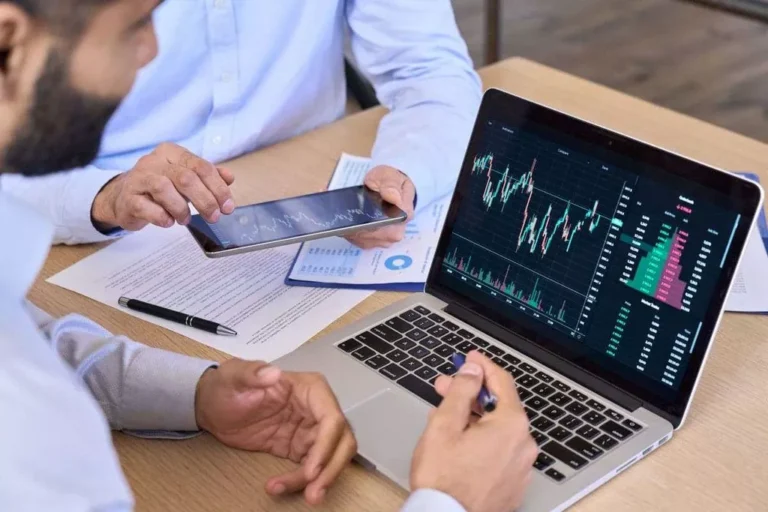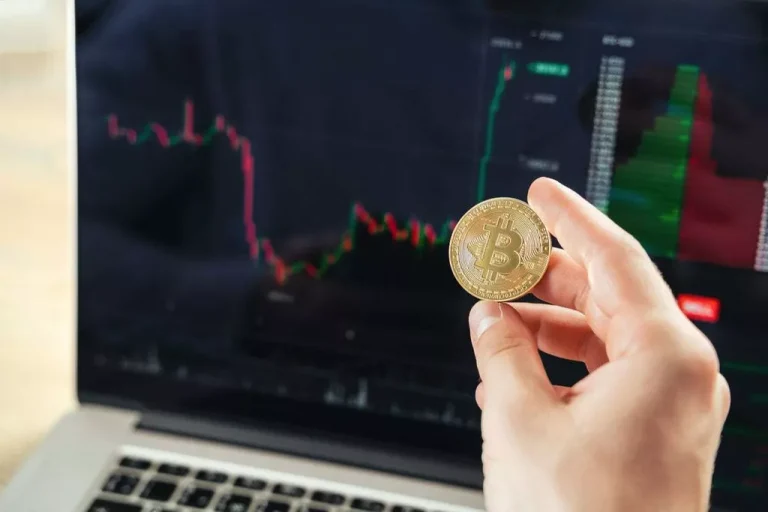The loss is called impermanent because it could be reversed if the token prices return to their original ratio. Massive trades create extra slippage as a result of they take a much bigger chunk out of the liquidity pool. Instead of executing a single giant order, contemplate breaking it into smaller increments. Keep in thoughts that if the slippage exceeds your setting, the transaction will fail, which could price you gas fees. Also, if you are buying and selling in much less established exchanges, you’re more more probably to face slippage conditions.
Understanding and calculating slippage can seem difficult but is significant for maximizing earnings and minimizing losses in crypto buying and selling. As we proceed, we will discover tips on how to accurately calculate slippage when navigating the dynamic and infrequently unpredictable cryptocurrency market. Slippage tolerance, or the maximum price difference a dealer is prepared to simply accept for a commerce, is one other vital side to consider. Understanding your slippage tolerance allows you to stability rewards and dangers accurately.
In the context of decentralized exchanges (DEXs), slippage happens when the value of an asset moves between the time a trade is initiated and when it is executed on-chain. Conversely, if the price drops to ninety eight, you would possibly experience positive slippage, getting a greater deal than anticipated. Slippage is extra widespread in decentralized exchanges (DEXs) or in periods of excessive market activity, similar to main information occasions or sudden worth swings. In cryptocurrency trading, slippage refers to the https://www.xcritical.com/ distinction between the anticipated price of a trade and the precise execution price. In Contrast To conventional monetary markets, the crypto market operates throughout multiple exchanges, each with its order books and liquidity levels.
What Is Market Cap In Crypto?
If you’d wish to make an immediate sale, you’ll take the best bid value from a buyer. Trading futures often reveals completely different Smart contract slippage patterns than spot trading. Different blockchains have various block occasions, which impacts commerce accuracy.

Positive Slippage
Due to their programming and technical limitations, networks have a set number of transactions they can process and make sure in a set interval. When the variety of trades exceeds the network’s throughput, transactions might get placed on maintain, and fuel charges can increase. Slippage is a worth change that happens in the course of a buying and selling process. You can already see how that can cause issues for merchants where each single proportion of a portfolio is efficacious. They route your commerce by way of a number of liquidity sources to seek out the best price with the bottom slippage.
This can get slightly bit difficult because of the low volume and liquidity concerned, especially when it comes to newer cash. To illustrate what slippage means in crypto, assume you have $100 in your crypto wallet and you want to purchase Ripple (XRP) cash at a present market value of $5 per XRP coin. From your projections, should you purchase $100 price of XRP tokens, you’ll receive 20 XRP tokens.
Whether you’re using DEXs or centralized platforms, correct timing, order structuring, and slippage settings can considerably improve your results. Traders often increase slippage tolerance when dealing with in style launches or low-liquidity pairs. Conversely, for stablecoins or large-cap tokens, preserving slippage tight protects you from unnecessary loss.
2 Avoid Illiquid Buying And Selling Pairs
But if you would like to capitalize on lesser-known crypto that you just suppose goes to break out quickly, you have to cope with the slippage problem. Info provided is for informational and academic functions solely and does not characterize any sort of monetary advice and/or investment recommendation. You can use slippage as a metric to judge how environment friendly your commerce is in three other ways.

These tokens are offered by customers, often known as liquidity providers (LPs), who earn a share of the buying and selling charges every time a commerce is made using the pool. Not Like conventional exchanges that match patrons and sellers by way of order books, DEXs use an automated market maker (AMM) algorithm that relies completely on these swimming pools. This can’t be stated of different cash, that are less well-known than ETH or BTC. Some decentralized exchanges would enable traders to buy and sell these, while others won’t.
Heavily traded cryptocurrencies, stocks, and other property have extra competition between traders trying to reap the benefits of the bid-ask spread. The bid-ask unfold slippage tolerance is the distinction between the very best bid price and the lowest ask value of an order book. In traditional markets, the unfold is usually created by the market makers or dealer liquidity suppliers. In crypto markets, the spread is a results of the distinction between limit orders from buyers and sellers. Market makers and buying and selling bots additionally pull again during unstable instances, lowering available liquidity.
- Slippage occurs primarily because the value curve in an AMM is constantly adjusted as each trade is processed.
- If you would possibly be new to liquidity provision, these centralized instruments can function a low-risk introduction.
- The bear market is the proper time to study the fundamentals of crypto buying and selling and earn some quick wins in small trades.
- If the slippage rate exceeds this threshold, the trade will not be executed.
This value gap reveals up between what you expect to pay and what you actually shell out in crypto trades. Even if your ETH prediction suggests a good entry point at $2,000, slippage may force you to pay $2,050 instead. Lowering slippage isn’t just about saving earnings; it’s about refining your trading strategy for long-term success. For example, when you place an order to buy one Bitcoin for $10,000, and the executed worth is $9,900, then your slippage can be $100.
Adverse slippage means the executed price is greater than the anticipated price for a buy order or the executed price is decrease than the expected worth for a sell order. One approach to guard against the unfavorable impression of slippage is to stick with a slippage tolerance. A slippage tolerance is the utmost quantity of slippage you’re keen to merely accept per trade. Order routing options, designed to simplify access to a quantity of liquidity suppliers, only partially handle the problem. These solutions rely upon indicative costs and don’t handle an identical engine. The end result can be unpredictable execution and elevated slippage, a situation that is clearly suboptimal for any serious crypto enterprise or establishment.
This allows merchants to buy or sell belongings while not having another party to be online, eradicating the liveness requirement of traditional markets. Setting a slippage tolerance is an important a part of risk administration in buying and selling, because it helps to guard merchants from surprising worth modifications and market fluctuations. For instance, if a dealer sets a slippage tolerance of 1%, they’re keen to accept a difference of up to 1% between the meant trade value and the executed commerce value. If the slippage price exceeds this threshold, the trade won’t be executed. When you commerce cryptocurrency, don’t neglect that a bid-ask unfold or slippage can change the final worth of your trades. You can’t always avoid them, however it’s worth factoring into your choices.
Anybody who needs to trade instantly in the market will have to meet their positions. The unfold is now profit for the market maker who sells what they buy and buys what they promote. Merchants can’t swim freely because there aren’t sufficient consumers and sellers making moves.





